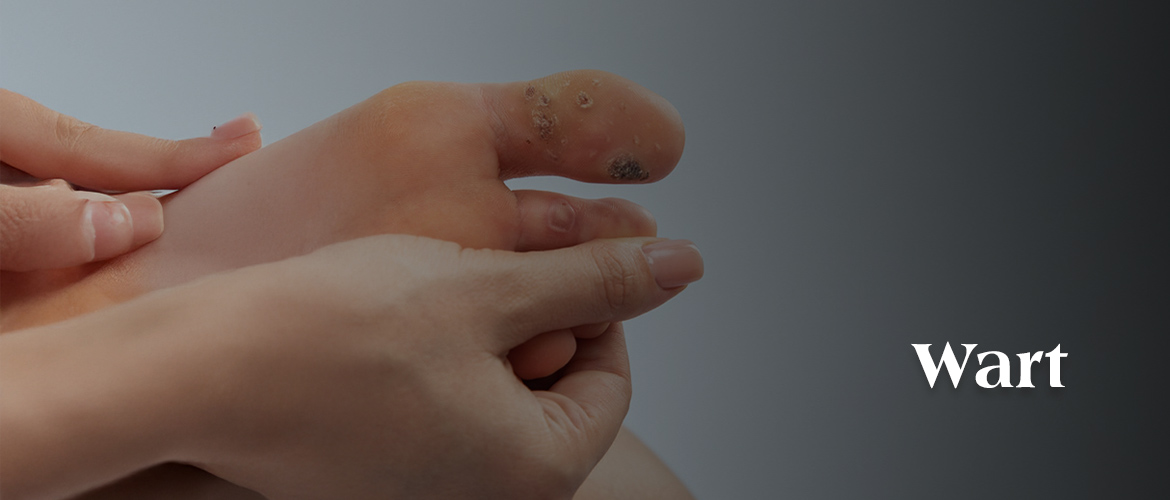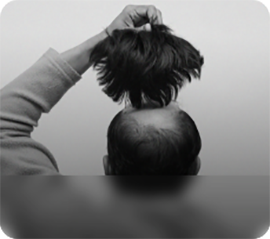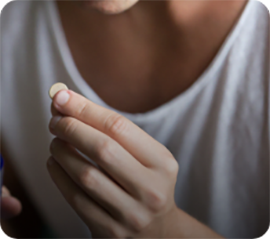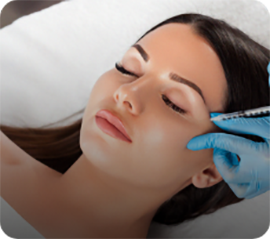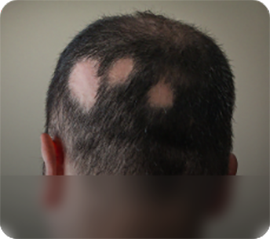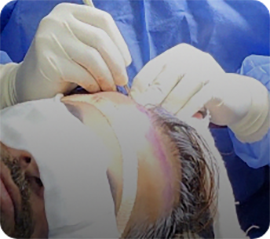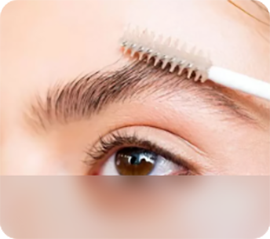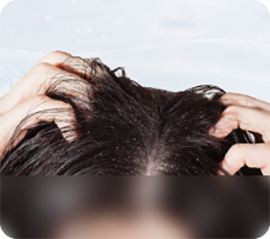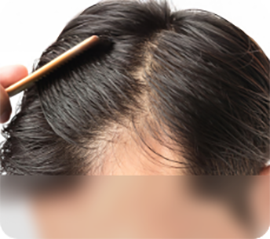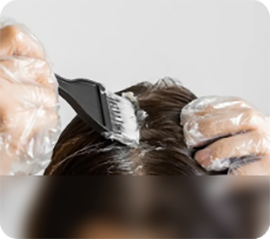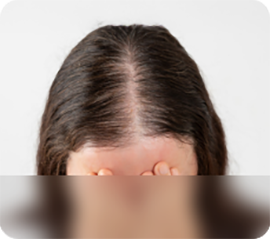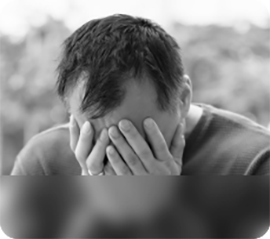Causes of Warts
Warts develop when the HPV virus infects the outer layer of the skin, triggering excessive cell growth.
Several factors contribute to their formation and spread:
HPV Infection
The virus enters the skin through minor cuts, abrasions, or cracks and thrives in warm, moist environments such as public showers and swimming pools.
Weakened Immune System
People with a compromised immune system, such as those with diabetes, autoimmune conditions, or undergoing chemotherapy, are more prone to persistent warts.
Skin Trauma
Frequent shaving, nail-biting, or picking at existing warts can create open wounds, making it easier for the virus to spread.
Types of Warts
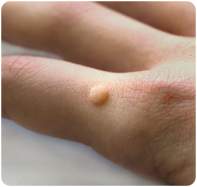
Common Warts
Rough, raised bumps typically found on hands, fingers, and elbows.
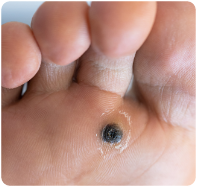
Plantar Warts
Hard, painful growths on the soles of the feet, often with a black dot (clotted blood vessels).
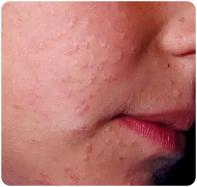
Flat Warts
Small, smooth, and slightly raised, appearing in clusters on the face, neck, or legs.
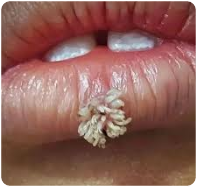
Filiform Warts
Long, thread-like warts that grow around the mouth, nose, or eyes.
Treatment for Wart
While some warts may disappear on their own, persistent or bothersome warts require medical treatment.
Topical Treatments
Salicylic Acid
A widely used keratolytic agent that exfoliates the outer layers of the wart by gradually breaking down infected skin cells. Regular application softens the wart, allowing it to be removed layer by layer.
Imiquimod
An immune-response modifier that stimulates the body's natural defenses to attack HPV-infected cells. By boosting the immune system, imiquimod enhances the body's ability to fight off the virus, gradually eliminating the wart.
Cantharidin
A blister-forming chemical derived from the blister beetle, Cantharidin is applied by a doctor directly onto the wart. It causes a controlled blister to form under the wart, lifting it away from the skin. Over time, the blister dries up.
Dermatological Procedures
Cryotherapy
Freezes the wart with liquid nitrogen, destroying infected skin cells and causing the wart to fall off within days. Multiple sessions may be needed for deep or stubborn warts, and mild blistering or redness can occur post-treatment.
Electrocautery
Uses a high-frequency electric current to burn and remove the wart while sealing blood vessels to minimize bleeding. This method is effective for persistent warts but may cause mild discomfort and slight scarring.
Laser Therapy
Targets and destroys wart tissue using high-intensity light energy, effectively eliminating deep or treatment-resistant warts. The procedure promotes faster healing with minimal damage to surrounding skin but may require multiple sessions.
Surgical Removal
Involves excising the wart using a scalpel under local anesthesia, ensuring complete removal of large or stubborn growths. While effective, this method carries a higher risk of scarring and is typically a last resort.
Wart Results
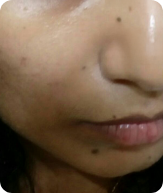
Before
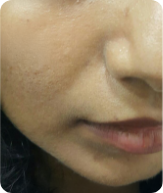
After
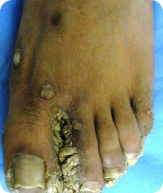
Before
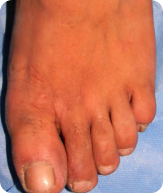
After
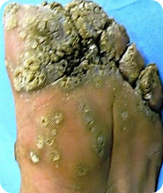
Before
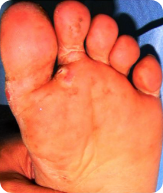
After
Lifestyle Changes for Wart
To reduce the risk of developing and spreading warts, follow these preventive measures
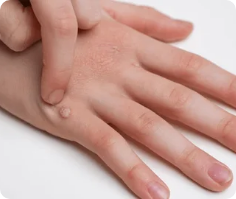
Avoid Touching or Scratching Warts
Picking at warts can spread the virus to other parts of the body.
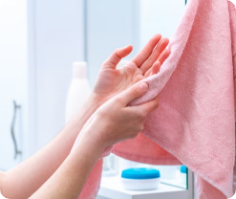
Keep Skin Dry and Clean
Moist environments encourage viral growth, so keep hands and feet dry.
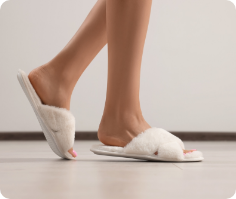
Wear Protective Footwear in Public Areas
Use flip-flops or sandals in showers, locker rooms, and swimming pools.
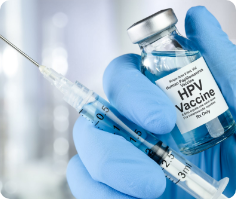
Consider HPV Vaccination
The HPV vaccine can help prevent strains of the virus that cause genital warts.

